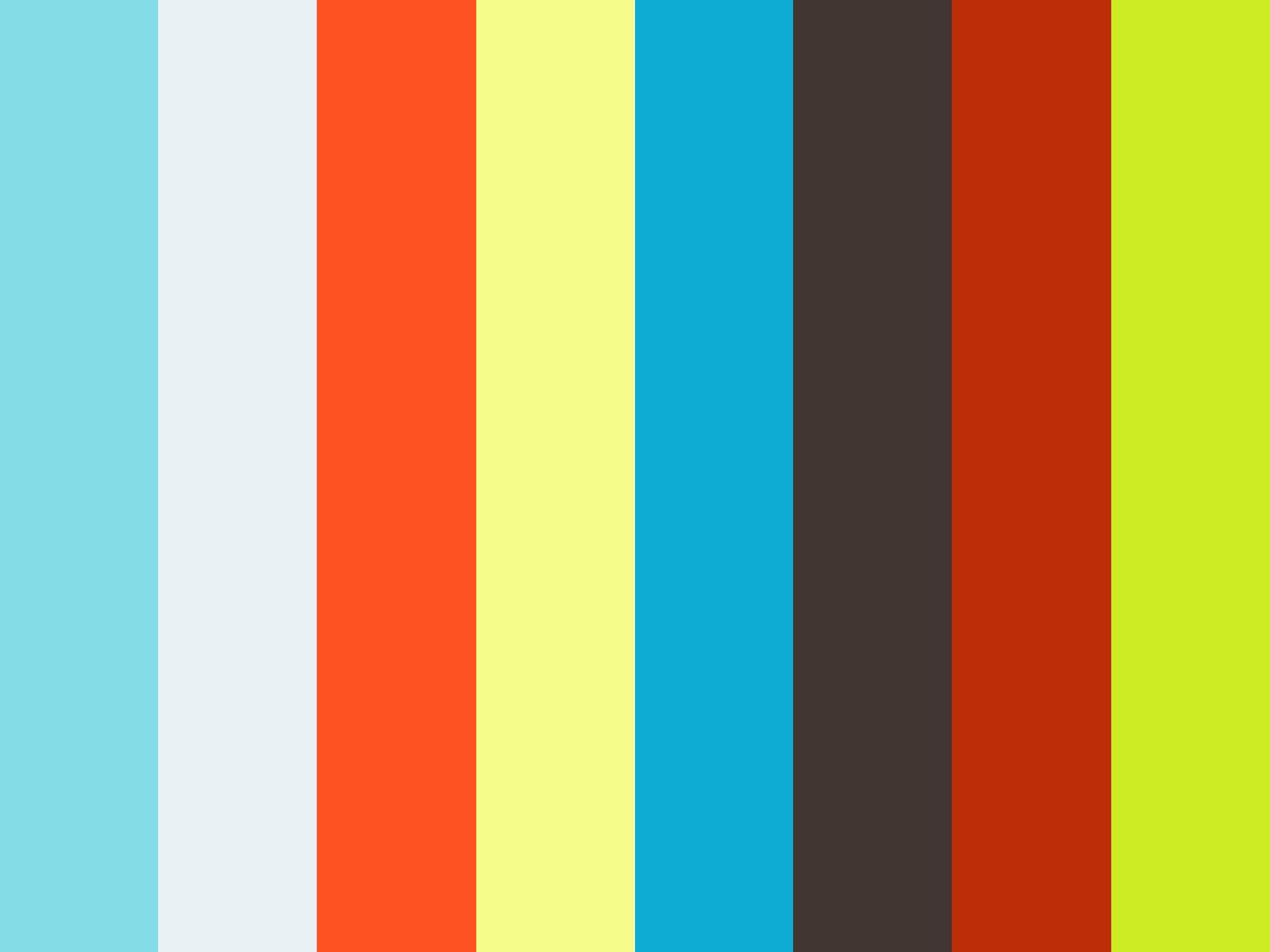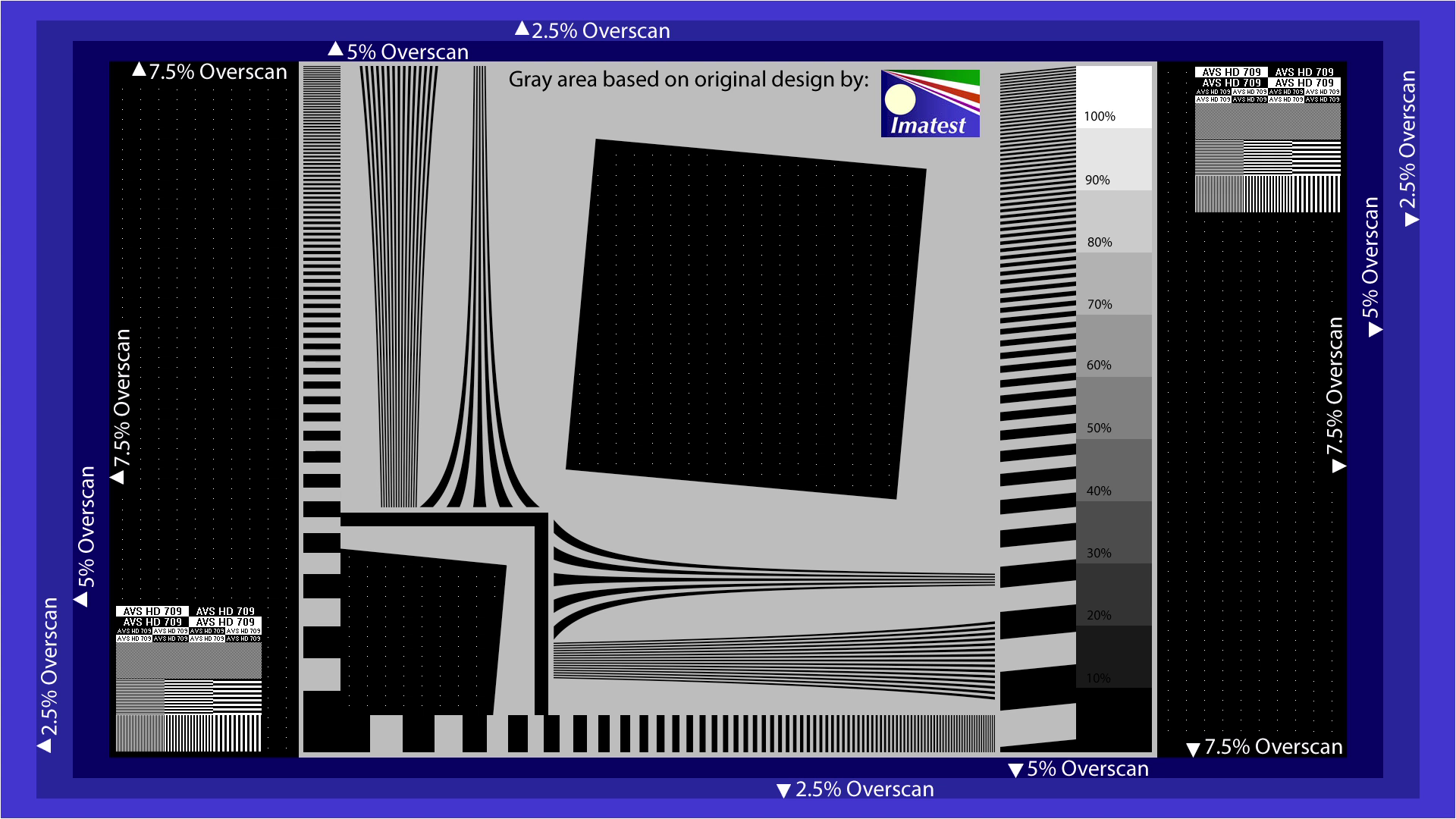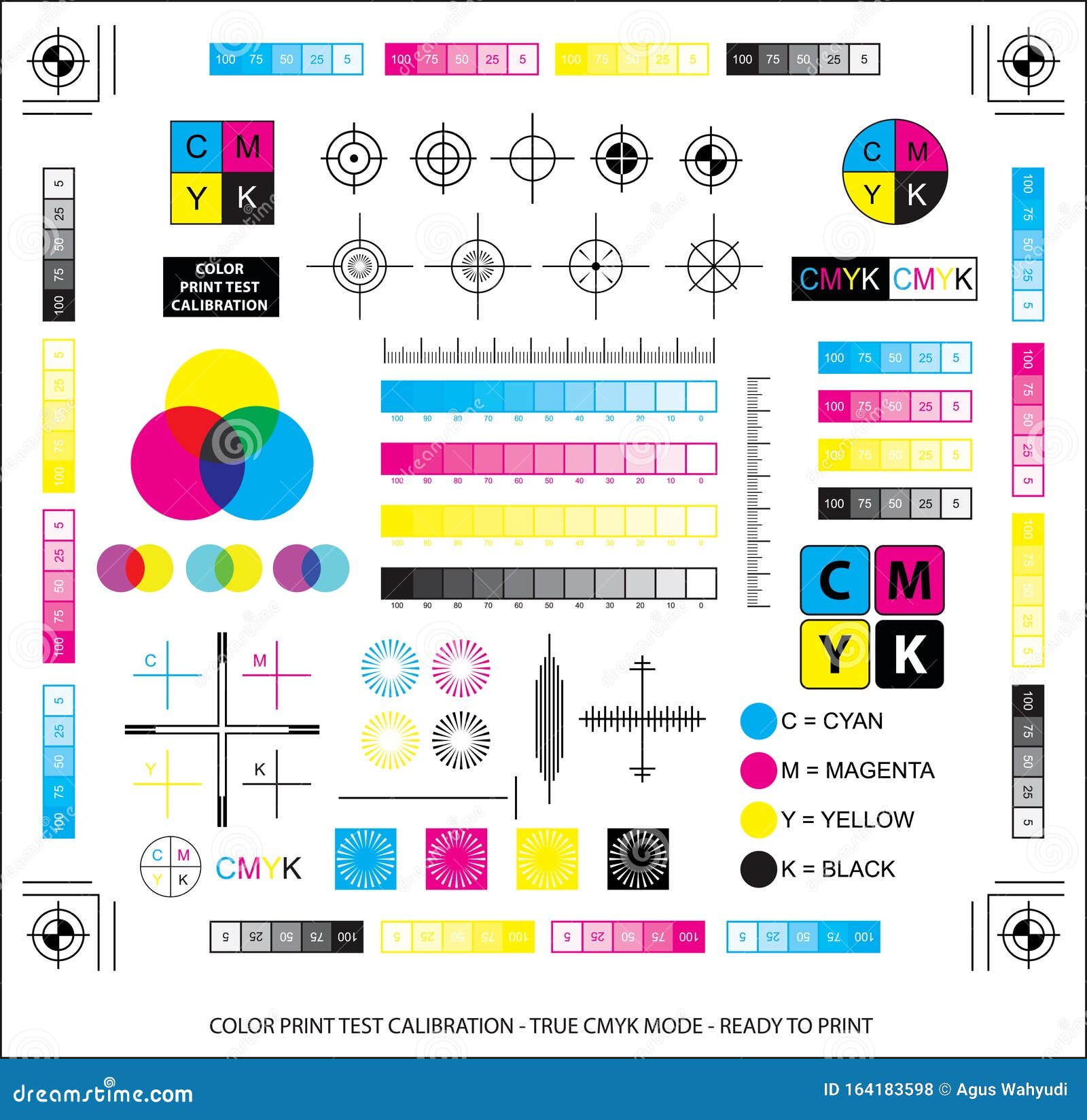

- #Tv calibration color filters pro#
- #Tv calibration color filters Bluetooth#
- #Tv calibration color filters plus#
- #Tv calibration color filters windows#
To learn more about Magnifier, see Use Magnifier to see items on the screen.
#Tv calibration color filters windows#
To close Magnifier, press Windows logo key + Esc.
#Tv calibration color filters plus#
When Magnifier is open, use Windows logo key + Plus sign (+) or Windows logo key + Minus sign (-) to zoom in or out. Magnifier enlarges part or all of your screen so you can see words and images better. To open Magnifier quickly, press the Windows logo key + Plus sign (+). Select the Start button, then select Settings > Accessibility > Mouse pointer & touch, and then set Touch indicator to On.Ĭhange text cursor & mouse pointer Magnify your screen Windows can also show visual feedback when you touch the screen. In the Mouse Properties window, select the Pointer Options tab, and then Display pointer trails.
#Tv calibration color filters Bluetooth#
Select the Start button, then select Settings > Bluetooth & devices > Mouse > Additional mouse settings. Select the Start button, then select Settings > Accessibility > Mouse pointer & touch, and choose the options that work best for you.īy adding pointer trails you can see where the mouse is moving on the screen. Make your mouse more visible by changing the color and size of the mouse pointer. Turn on contrast themes Know where you're pointing You can select between Aquatic, Desert, Dusk, and Night sky. Select the Start button, then select Settings > Accessibility > Contrast themes, select one of the options in the drop-down menu next to Contrast themes, and select Apply. If there's not enough contrast between the elements on your screen, try using a high contrast theme.

To scale up everything on your screen, select the Start button, then select Settings > System > Display, and change the Scale drop-down menu under Scale & Layout to a larger percentage. Use the slider next to Text size to make just the text on your screen larger. If this is unavailable, I’d guess it uses sRGB.To adjust the size of text, apps, and other items, select the Start button, then select Settings > Accessibility > Text size.

To build a profile, Calibrize also uses the EDID color data within most monitors. Adjusting these RGB levels is easier than in QuickGamma, but you’ll still need to squint at the screen to do it. It doesn’t let you set gray gamma, so you are forced to tweak red, green and blue levels. Unlike QuickGamma, it can only handle single monitors. (Windows Desktop does not use the profile.) Calibrize (Windows)Ĭalibrize is a simple utility for adjusting black level, white level, and gamma. The profile carries the calibration data, which loads separately on startup. QuickGamma creates a profile based on generic monitor EDID data or sRGB. Should you want to adjust the red, blue and green levels, try using this page with the software. Stick to adjusting the gray level if possible. I’d advise against adjusting red, green and blue levels unless you see a color cast in the gray bands. If you want to adjust gamma, follow the instructions supplied with the download. So, a disconnect exists even if you calibrate and profile. Why? Because most labs are not color managed. In that case, the need for a calibration device is less. Maybe not: if you get your prints done at the mall or via the Internet. One of the world’s biggest libraries, Alamy, has millions of non-color-managed photos on its website. Maybe not: if you’re a stock photographer, since there is no direct client or color-managed chain. That said, many Adobe features are not dependent on pin-point color accuracy. Probably: if you pay for Photoshop CC, otherwise you are undermining its color capabilities.
#Tv calibration color filters pro#
Yes: if you’re a pro or semi-pro shooting color-critical subjects (e.g. You need accurate profiles for soft-proofing, where you preview print colors before printing.

Yes: if you use an inkjet printer and want “what-you-see-is-what-you-get” results. The $200 question, then, is do you need one? Image source: Wikimedia Commons Do you need a calibration device?Ī calibration device isn’t expensive compared to camera bodies and lenses, but the best can cost a couple of hundred dollars or more. This optical illusion demonstrates how easily deceived the eyes are.


 0 kommentar(er)
0 kommentar(er)
